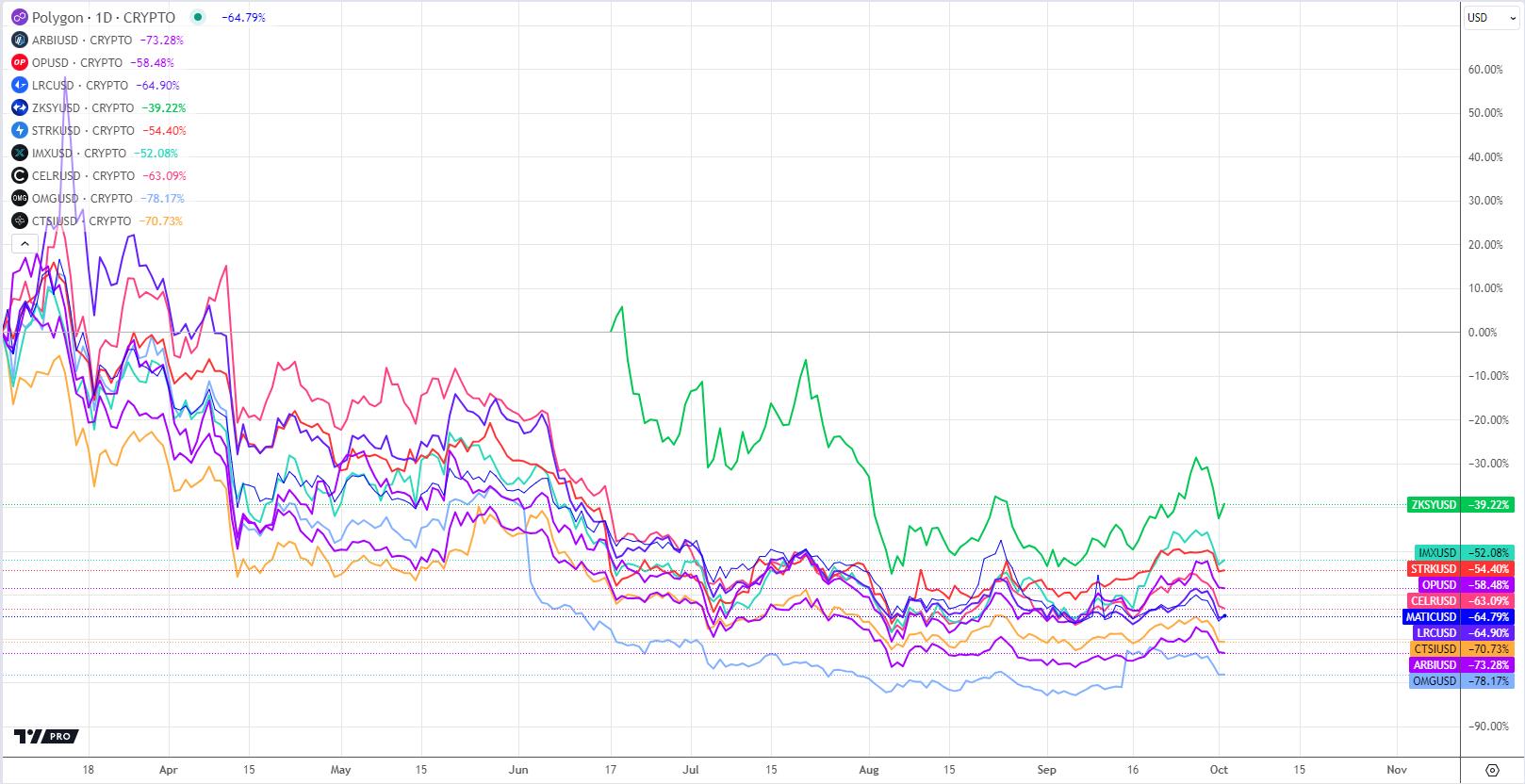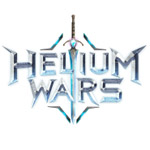Layer-2 solutions are becoming increasingly popular in the cryptocurrency space due to their ability to address scalability issues and reduce high transaction fees. Understanding which solutions are the most popular and why they’re favored by traders and investors is key.
1. Polygon (MATIC)
Polygon, previously known as the Matic Network, is a platform designed for creating and connecting Ethereum-compatible blockchain networks. Its main goal is to solve Ethereum’s scalability issues.
Polygon offers a wide range of tools for developing and integrating decentralized applications (dApps), making it one of the most comprehensive and flexible solutions available. In addition, it supports rare cases of near-instant transactions.
The platform has strong partnerships with DeFi, GameFi, and other decentralized solutions, solidifying its position in the market.
2. Arbitrum (ARBI)
Arbitrum enhances Ethereum’s performance using optimistic roll-up technologies that lower fees and speed up transactions.
The solution is highly compatible with Ethereum, making it attractive to dApp developers who are already familiar with the platform. Additionally, it is relatively easy to learn and implement.
Arbitrum is recognized as one of the fastest Layer-2 solutions and has successfully supported major application launches, proving its capabilities.
3. Optimism (OP)
Optimism offers Optimistic Rollups technology to scale Ethereum, significantly reducing fees and speeding up transactions.
Optimism’s integration with popular DeFi platforms such as Uniswap makes it an essential element of the Ethereum ecosystem.
Optimism continues to attract large investors and projects thanks to its open philosophy and strong developer support.
4. Loopring (LRC)
Loopring is developing a protocol for creating decentralized exchanges using zkRollups technology to optimize Ethereum performance.
It provides strong privacy and transaction security, along with low fees and high execution speed.
Loopring stands out for its unique approach to decentralized trading, lowering barriers to entry in the cryptocurrency market.
5. zkSync (ZKSY)
zkSync offers a Layer-2 solution based on zkRollups to improve Ethereum’s scalability and security.
This project is known for its low transaction costs and high execution speed, making it appealing for widespread use.
Developers appreciate zkSync’s advanced technology and easy integration into the Ethereum ecosystem.
6. StarkWare (STRK)
StarkWare uses STARKs (Scalable Transparent Argument of Knowledge) technology to achieve Ethereum scalability without sacrificing security.
Its solutions offer high cryptographic protection and ensure the accuracy of transactions.
StarkWare is attracting significant attention from institutional investors and supports several major crypto projects.
7. Immutable X (IMX)
Immutable X provides a solution for creating and trading NFT without fees or delays using zkRollups.
This project aims to create an ideal ecosystem for NFT users, developers, and creators.
With the explosive growth of the NFT market and backing from key players, Immutable X is positioned as one of the most promising Layer-2 solutions.
8. Celer Network (CELR)
Celer Network offers a platform for instant, secure, and cost-effective off-chain transactions.
Its hybrid architecture allows Celer to maintain compatibility with various blockchain ecosystems.
Celer Network is known for its innovative products, such as the State Guardian Network and CelerX.
9. OMG Network (OMG)
OMG Network uses Plasma technology to improve scalability and reduce transaction cost on Ethereum.
The network’s unique approach combines multiple transactions into one, reducing the load on the main blockchain.
OMG Network’s transparency and efficiency have drawn attention from major players in the digital finance world.
10. Cartesi (CTSI)
Cartesi aims to make dApp development more accessible by enabling the use of traditional programming languages such as Python and C++.
The project offers an innovative infrastructure that allows developers to use familiar tools to create decentralized applications.
Cartesi’s flexibility and ease of use appeal to a broad audience of developers, increasing its adoption within the Ethereum ecosystem.

How do investors and traders feel about Layer-2 cryptocurrencies?
Investors and traders are increasingly focusing on Layer-2 cryptocurrencies due to their potential to address the major scalability and high fee challenges within the Ethereum ecosystem. With Ethereum price fluctuating and high gas fees posing a challenge, these Layer-2 solutions offer faster transaction speeds and lower costs, making them especially appealing to both retail and institutional investors.
Trading Layer-2 cryptocurrencies on exchanges is gaining momentum. Their high liquidity and the ability to execute trades quickly attract traders who are looking to minimize risks and maximize profits. Additionally, the low transaction costs encourage more day trading, as they make frequent trading more cost-effective.
Layer-2 cryptocurrencies are evolving rapidly and have become a crucial part of the blockchain ecosystem. Their ability to enhance scalability and lower transaction costs makes them a key component in the world of cryptocurrencies. Investors and traders recognize these advantages and are actively incorporating Layer-2 solutions into their portfolios.

Disclaimer: The views expressed in this article are those of the author and may not reflect the views of the CryptoTotem team. This article is for informational purposes only and is not intended to be used as legal, tax, investment or financial advice. The author or the publication does not hold any responsibility, directly, or indirectly, for any damage or loss caused or alleged to be caused by or connected with the use of or reliance on any content, goods or services mentioned in this article. Readers should do their own research before taking any action on this matter.






